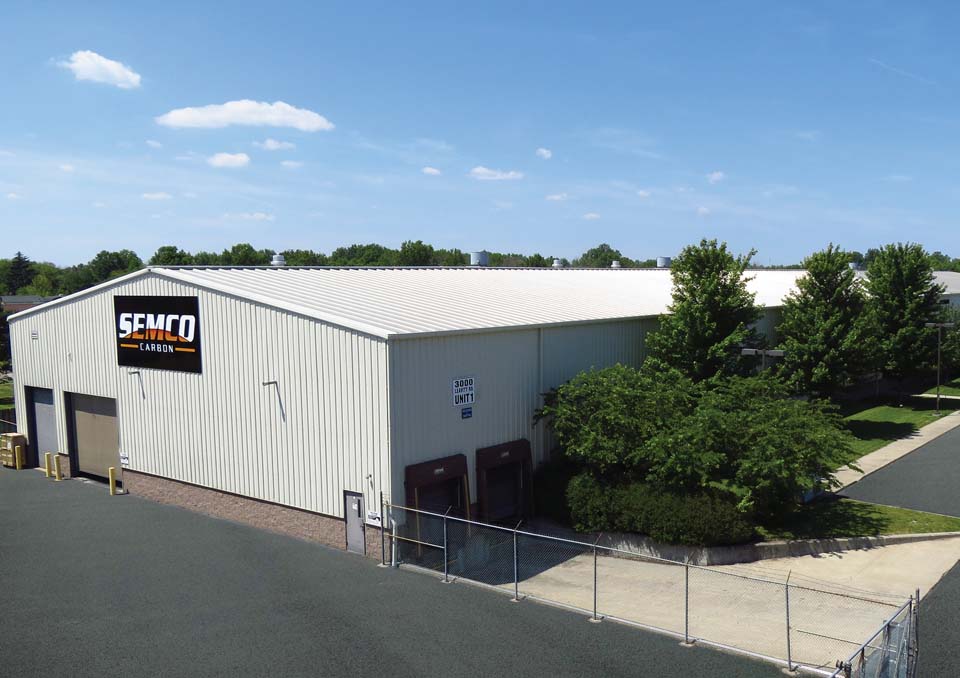
Storage of Graphite
If you’ve been reading this blog for a while, you may remember a story we related about a farmer in Iowa who discovered giant graphite blocks (they were actually electrodes in the shape of logs) in his corn field. He called us and we went to Iowa and recycled the electrodes. They were in good shape! And that’s one of the miracles of graphite -- it’s basically impervious to weather and does not deteriorate if left outdoors.
Despite this famous quality of graphite, Semco Carbon stores most of its stock of graphite blocks indoors on floorspace and racking. Why? you wonder. Well, for starters, a block of graphite may be impervious to weather, but our employees who stock and move the graphite are not. We are a company based in Ohio which means during part of the year, the outdoors is not where we want our employees to be, nor is it where they want to be. Our warehouse, while not the warmest place in our facility, is nevertheless a shelter. We do keep a lot of graphite on hand at our facility (see several past blogs about our reasons for staying well stocked with blocks of graphite, especially in a time of supply variability). We cannot fit all of our stock in the warehouse, as big as it is. The remaining supply we keep outdoors in our yard on pallets. The graphite blocks are happy there and will keep their shape and composition just fine, no matter the weather.
Did we mention that we are located in Ohio, and that it gets cold in Ohio? This can be an issue for working with graphite (as it is for many materials such as wood and, if you’re a baker, buttercream). Normally, if the material is cold, our warehouse crew will bring the material indoors to warm to room temperature. Once the graphite is around 60 to 70 degrees, our machinists can begin processing the graphite.
If you’ve never seen graphite in its raw, unmachined state, the term “block of graphite” probably sounds imposing. And guess what -- it remains imposing, even to those of us who work with the material every day. Graphite is heavy, so moving it around our facility requires some logistical work. In fact, most blocks of graphite are large enough ( 32”x72”x16”) that a towmotor (i.e. a forklift) is required to move them. Graphite blocks can routinely weigh up to, and sometimes over, 4,000 lbs. These large blocks can be stacked on pallets and then stored two high on the floor, which makes moving them about with a towmotor easy and safe. Needless to say, If you were on our shop floor or in the warehouse, it’s unlikely you would see our employees lugging big blocks of graphite around on their shoulders. Other smaller pieces are stored on pallets and placed on racks by towmotors. We do carry some graphite pieces in the warehouse that are quite small. These pieces could be special grades of graphite meant for specific jobs, or pieces left over from bigger jobs (we work hard to minimize scrap). Sometimes, these pieces are pulled by hand, then moved to the production floor by towmotors. We just don’t want people walking around with blocks of graphite, no matter the size. It’s not good for the back or the toes, should one drop a piece there.
We want our clients to know that we take care of the material used for their jobs, but we also want them to know that graphite is pretty hardy stuff. If you’re impressed by how well it handles the wet and cold, you might be even more impressed to learn about how it handles heat.
